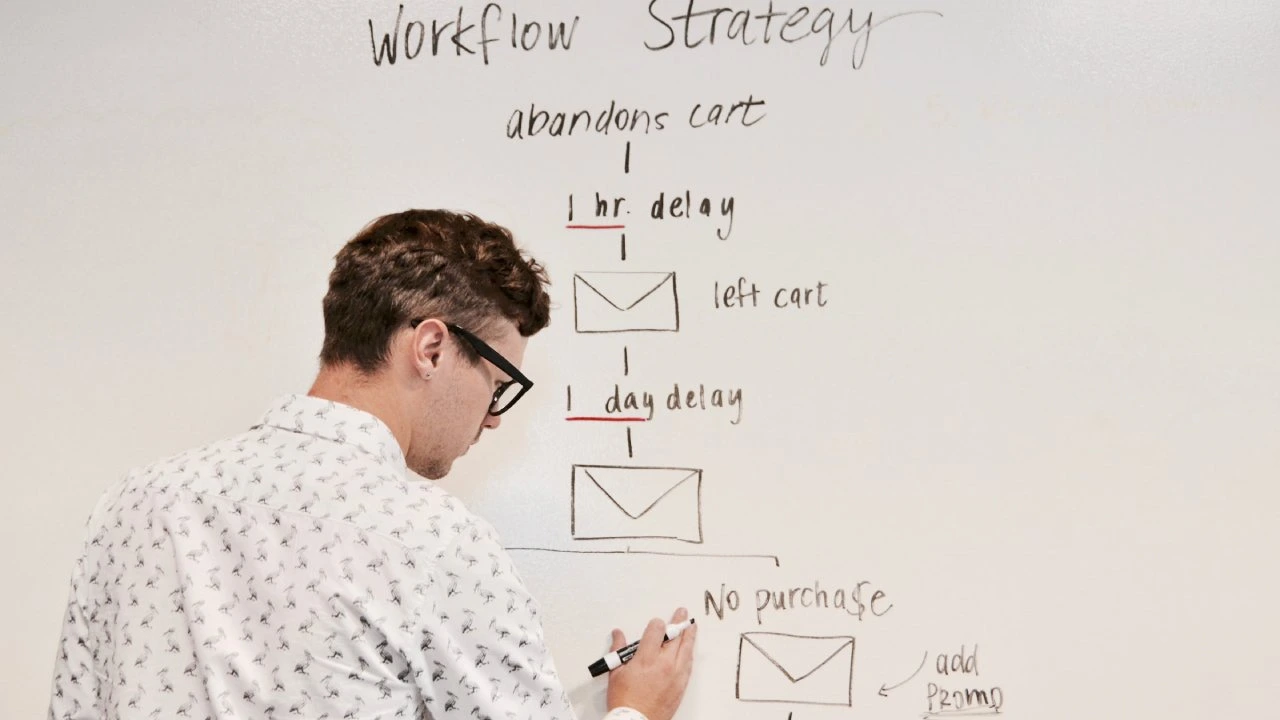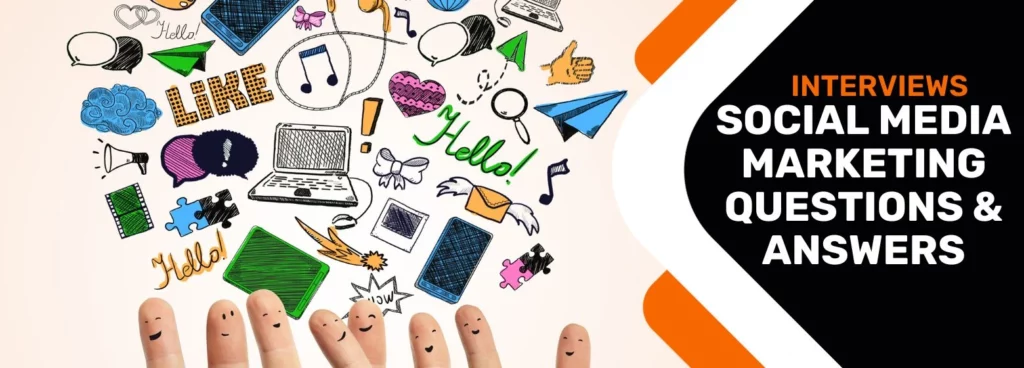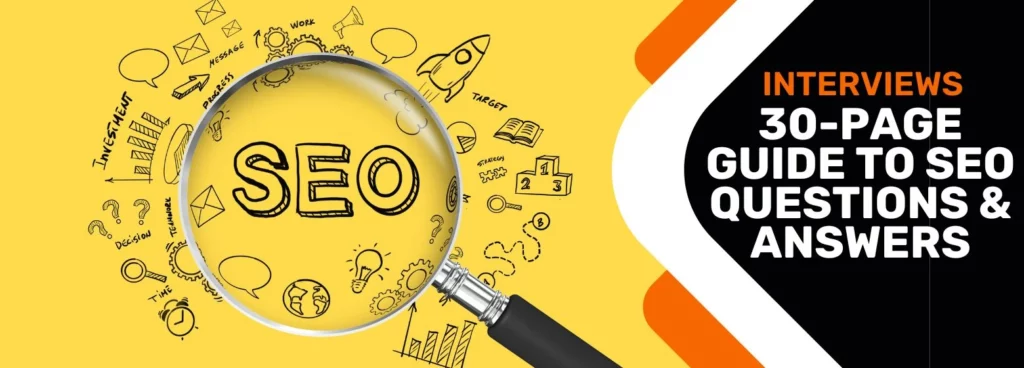9 Steps to Improve Recruitment Processes in the Human Resources Workflow

A problem that many recruiting agencies and in-house human resource (HR) and talent acquisition teams face is an inefficient use of manpower and resources. Team members spend a large chunk of their time on paperwork, as well as administrative and repetitive tasks. All of this prevents your team from dedicating more time to higher-value activities and projects such as improving employee retention or implementing a diversity and inclusion programme within your organisation.
A way to reduce significant time costs is through improving your HR workflow. An HR workflow refers to a set of predictable and repetitive tasks in an HR process such as talent sourcing, interview scheduling, assessing candidates, and even documentation in areas like leaves of absence, timesheets, performance reviews, and internal surveys.
Some of the biggest aspects of an HR workflow that can be improved are the recruitment and hiring processes, which can be costly, time-consuming, and not optimised to find the strongest and most relevant candidates for their open roles. Improving this can be done through creating an effective recruitment strategy as well as utilising technology and automation, which are what this article will explore.

Improving HR Workflow with an Effective Recruitment Strategy
- Creating job roles with clear job requirements and job descriptions
- Building a strong employer brand
- Implementing a transparent hiring process for candidates
Improving HR Workflow with Effective Recruitment Automation Tools
- Applicant Tracking Systems (ATS)
- Human Resources Information Systems (HRIS)
- Chatbots
- Automated Video Interview Tools
- Candidate Assessment Tools
- AI-Powered Sourcing Tools
Final Tips
Improving HR Workflow with an Effective Recruitment Strategy
The first way to improve an HR workflow is through implementing an effective recruitment strategy. This can be done in various ways:
1. Creating job roles with clear job requirements and job descriptions
Muddled or vague job descriptions result in your organisation attracting more irrelevant and unqualified candidates. In contrast, having a sharp job description that effectively communicates the role’s requirements and responsibilities, while also giving candidates a realistic expectation of the job before any further screenings can help to attract the right candidates for the job.
This further improves the HR workflow because it reduces the amount of manpower and hours required to sift through hundreds of irrelevant candidate profiles. If you are unsure how to go about writing job descriptions for technical roles such as software engineering, take a look at our guide here.
2. Building a strong employer brand
This requires promoting an organisation’s culture, values, mission and vision, while highlighting the benefits of working for the company to potential candidates. Besides improving the number of inbound applications through stronger employer branding, this helps to improve HR workflow as it helps talent acquisition teams reduce their reliance on outbound recruitment, which can be resource-intensive, particularly when it comes to sourcing for candidates.
At the same time, there is an increased likelihood of receiving quality inbound applications who have a strong interest in the open positions as these applicants have gone out of their way to directly apply to the organisation.
3. Implementing a transparent hiring process for candidates
Having this can help to improve candidate engagement and candidate experience throughout the hiring process as candidates are kept up-to-speed on the status of their application. A delayed and opaque hiring process not only creates a poor impression of the organisation, which affects efforts at employer branding, but also leads to a negative candidate experience, as well as a loss of interest in an open role entirely, resulting in your organisation missing out on the best talent.

Providing regular and timely updates to candidates on their application status and keeping them informed at every stage of their application can be done by automated tools that help to reduce administrative and repetitive tasks.
Improving HR Workflow with Effective Recruitment Automation Tools
In addition to having a more effective recruitment strategy, HR departments can also make use of technology to automate their recruitment process, improving their HR workflow even further. There are numerous automation tools in the market, but here are some popular choices if you are not sure where to start:
1. Applicant Tracking Systems (ATS)
An ATS helps HR teams track, organise, and filter candidates throughout the recruitment and hiring process. A popular system used by many organisations of differing sizes, an ATS can save recruiters up to 20% of their time spent on hiring.
The ATS also has great functionality through the hiring process as it can handle job applications, helps recruiters review applications, send automated follow-up emails to candidates, as well as schedule interviews and send reminders to candidates on multiple job openings, helping to boost the productivity of HR teams.
2. Human Resources Information Systems (HRIS)
HRIS is a system that collects and stores an organisation’s employee data and helps with recruitment, performance management, as well as learning and development, to name a few. Unlike an ATS, the HRIS is more focused on managing the data of existing employees rather than on job applicants in the pre-hiring stage.
HRIS can also track important employee data such as vacation requests, salaries, and can also be used to handle the training and development of employees by storing employee handbooks in its system.
3. Chatbots
An HR chatbot is a virtual assistant representing an organisation that provides candidates and existing employees with answers and information in a conversational manner. HR chatbots can be used across the entire spectrum of HR operations from recruitment to onboarding. This includes answering common questions from candidates and employees relating to the recruitment process or company policy, as well as conducting employee surveys to gain a better understanding of employee satisfaction. This frees up more time for HR teams to prioritise and focus their efforts on more strategic work and speed up workflow.
4. Automated Video Interview Tools
Having the ability to schedule asynchronous video interviews, where applicants film themselves answering interview questions set by hiring teams, eliminates the need for a live interviewer to be present. This can save hiring managers and recruiters a lot of time especially for roles that attract a large number of applicants, as well as shortens the hiring timeframe, cuts costs, and allows for more flexibility in scheduling interviews. With at least 60% of hiring managers and recruiters using automated video interview tools, this is a hiring trend that organisations have to consider.
5. Candidate Assessment Tools
It can be a challenge hiring for technical roles as it is hard to evaluate a candidate’s technical proficiency. Fortunately, candidate assessment tools like Litmus help HR teams cut through the noise of inflated job titles and convoluted descriptions to reveal applicants’ true strengths and weaknesses to determine whether a candidate is technically capable for a job.

6. AI-Powered Sourcing Tools
Sourcing can be a tedious and time-consuming part of the recruitment process with recruiters spending up to 13 hours weekly on sourcing alone – just for a single role. Using tools like Scout allows recruiters and in-house talent acquisition teams to halve their sourcing time while finding more relevant, qualified and strong talent for their technical roles. By automating this sourcing process entirely across multiple roles, this reduces the time and manpower costs needed to sift through hundreds of unrelated candidate profiles, improving the HR workflow significantly.
Final Tips
Optimising your HR workflow can occur from the initial stages of sourcing and recruitment, to hiring and onboarding. In this article, we highlighted to main ways to do so – implementing an effective recruitment strategy as well as through leveraging technology to automate parts of the HR operations that are more time and labour intensive.
Backend Technology Interview Questions
C Programming Language Interview Questions | PHP Interview Questions | .NET Core Interview Questions | NumPy Interview Questions | API Interview Questions | FastAPI Python Web Framework | Java Exception Handling Interview Questions | OOPs Interview Questions and Answers | Java Collections Interview Questions | System Design Interview Questions | Data Structure Concepts | Node.js Interview Questions | Django Interview Questions | React Interview Questions | Microservices Interview Questions | Key Backend Development Skills | Data Science Interview Questions | Python Interview Questions | Java Spring Framework Interview Questions | Spring Boot Interview Questions.
Frontend Technology Interview Questions
HTML Interview Questions | Angular Interview Questions | JavaScript Interview Questions | CSS Interview Questions.
Database Interview Questions
SQL Interview Questions | PostgreSQL Interview Questions | MongoDB Interview Questions | MySQL Interview Questions.
Cloud Interview Questions
AWS Lambda Interview Questions | Azure Interview Questions | Cloud Computing Interview Questions | AWS Interview Questions.
Quality Assurance Interview Questions
Moving from Manual Testing to Automated Testing | Selenium Interview Questions | Automation Testing Interview Questions.
DevOps and Cyber Security Interview Questions
DevOps Interview Questions | How to Prevent Cyber Security Attacks | Guide to Ethical Hacking | Network Security Interview Questions.
Design Product Interview Questions
Product Manager Interview Questions | UX Designer Interview Questions.
Interview Preparation Tips
Strength and Weakness Interview Questions | I Accepted a Job Offer But Got Another Interview | Preparation Tips For the Virtual Technical Interview | 7 Tips to Improve Your GitHub Profile to Land a Job | Software Engineer Career Opportunities in Singapore | What can you expect during a whiteboard interview | How To Write A Resignation Letter.
Quick Links
Practice Skills | Best Tech Recruitment Agency in Singapore, India | Graduate Hiring | HackerTrail Litmus | Scout - Sourcing Top Tech Talent in ONE Minute | About HackerTrail | Careers | Job Openings.




